First Epidemic Reported
The oldest known pertussis epidemic is thought to be the Paris outbreak of 1578. This was documented in detail by the French physician Guillaume de Baillou who described the classic symptoms of the disease.
Read moreMajor milestones in our history of interactions with Bordetella pertussis, the causative agent of Whooping Cough.
This timeline was produced as educational material for the CMI-PB project.
www.cmi-pb.org
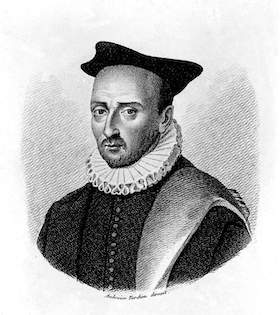
The oldest known pertussis epidemic is thought to be the Paris outbreak of 1578. This was documented in detail by the French physician Guillaume de Baillou who described the classic symptoms of the disease.
Read more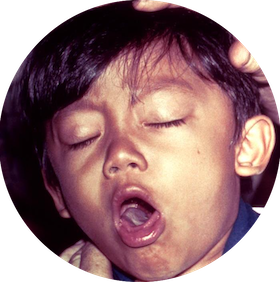
The name pertussis (from Latin for "intensive cough") was first introduced by the English physician Thomas Sydenham in 1670. This name took over by the end of the decade. Earlier names included hooping cough, tusis perennis, tussis epidemica infantum, and tusis quinta.
Read more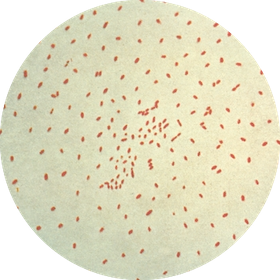
In 1900, Jules Bordet along with Octave Gengou observed a small ovoid bacterium in the sputum of a 5-month old child suffering from pertussis. However, the discovery remained questionable, as the organism was unable to be isolated and cultivated on ordinary ascitic agar or blood agar plates.
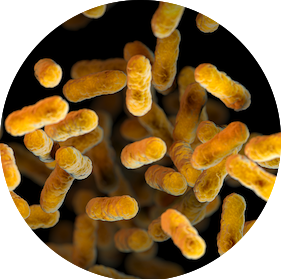
Six years later, Bordet and Gengou succeeded in making a special medium, called Bordet-Gengou (BG) medium, which proved to be key for isolating the bacteria for the first time. It was eventually named Bordetella pertussis in honor of Bordet.
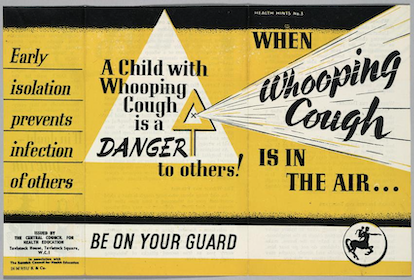
In early 1920s and 1930s pertussis was one of the most common childhood diseases and a major cause of childhood mortality. In the U.S. alone there were often over 250,000 cases per year and up to 9,000 deaths.
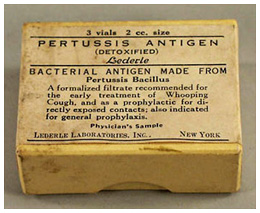
Dr. Louis S. Sauer developed an early pertussis vaccine made from killed whole-cell B. pertussis at Evanstion Hospital, a suburb of Chicago. Dr. Sauer never asked for compensation for developing vaccines and told an interviewer later, "One doesn't do that thing for money."
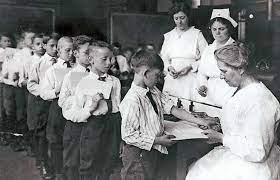
Danish physician Thorvald Madsen tested a whole-cell pertussis vaccine on a wide scale for the first time reporting promising results.

Pearl Kendrick at the Michigan Department of Health combined a refined whole-cell pertussis vaccine with Diphtheria and Tetanus toxoids to create the first combination DPT vaccine.

In 1944, the Committee on Infectious Diseases of the American Academy of Pediatrics suggests routine use of pertussis vaccine and, in 1947, recommends its use in the form of the DPT combination. Routine childhood vaccination begins and is made made compulsory in some states by the end of the decade.
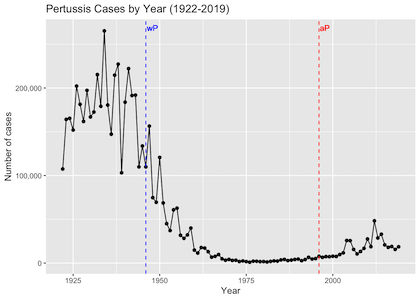
There was a massive decline of pertussis cases in the U.S and other countries with mass vaccination programs. In the U.S cases fall by over 99%.

In the 1970s and 1980s there was a lot of controversy towards the DPT vaccine relating to the question of whether or not it caused potential brain damage.

Due to lawsuits of the unscientific claims about the DPT vaccine in the 1980's, it led to many manufacturers to stop making the vaccine.

Japanese scientist Yugi Sato created an acellular pertussis vaccine that contained purified haemagglutinins from B. Pertussis. This aP vaccine was first used in Japan soon after and was demonstrated to have fewer side effects than the whole-cell (wP) vaccine. It was later used in other countries (with additional components of B. Pertussis) as the combined DTaP vaccine.
Read more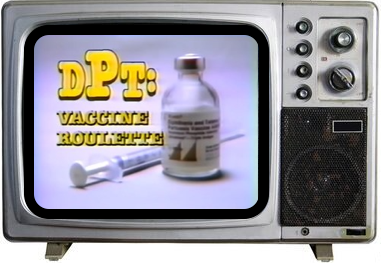
In 1982 negative publicity was encouraged from a documentary called "DPT: Vaccine Roulette", which led to a massive amount of lawsuits against the vaccine manufacturers. This documentary depicted the lives of children whose severe disabilities were incorrectly blamed on the DPT vaccine.
Read more
By 1984 DPT vaccine manufacturers had a hard time obtaining liability insurance. By the end of the year, only one DPT manufacturer remained. Scientists respond by ramping up development and testing of safer new acellular pertussis vaccines. These would replace the older whole cell vaccine in many countries with a decade.
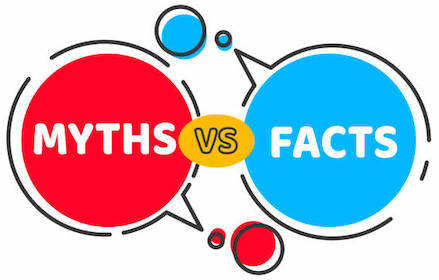
Pertussis cases in the U.S. started to increase steadily as vaccine uptake declines. Misinformation and vaccine hesitancy pose serious treats to pubic health.

In 1986 Congress passed the National Childhood Vaccine Injury Act (NCVIA). In hopes to avert the vaccine crisis. It was made to establish a federal no-fault system to compensate to those hurt by the vaccine.
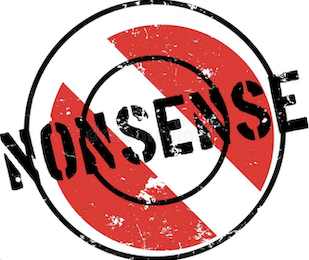
Later studies showed that their was no connection between the DPT vaccine and the permanent brain damage. It was in fact called a "Myth" and "Nonsence" by the Journal of American Medical Association in 1990.
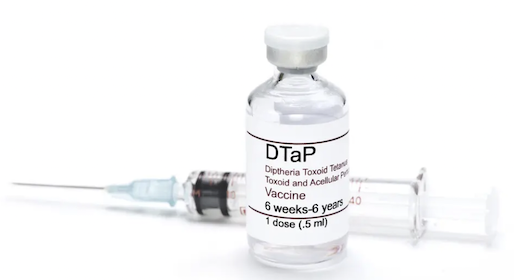
The acellular pertussis (aP) vaccine was approved in the U.S in 1992, the the older wP formalization was phased out and completely replaced with the DTaP vaccine combination in 1996.
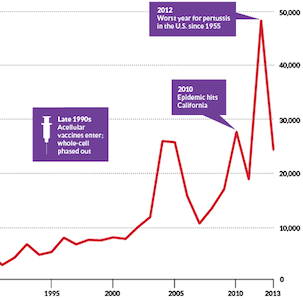
Major pertussis epidemics and outbreaks are once again a major public health concern. With epidemics typically occurring every 3 to 5 years in the U.S. as was evident in the pre-vaccine years. TO FINISH mention CA outbreak.

A new systems vaccinology project is launced that combines systems biology and genomics to provide a more holistic picture of protective pertussis-specific immune mechanisms. The project provides the scientific community with comprehensive, high-quality, and freely accessible resources related to Pertussis booster vaccination.
These resources, and associated prediction challenges, are geared towards engaging both experts and enthusiasts in developing and improving computational models of the immune response to vaccination and in turn informing new intervention strategies to curb the increasing frequency of B. pertussis infection.